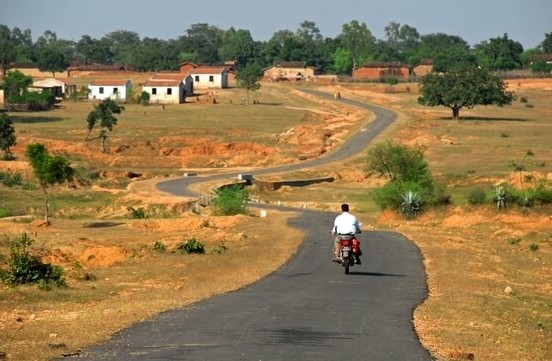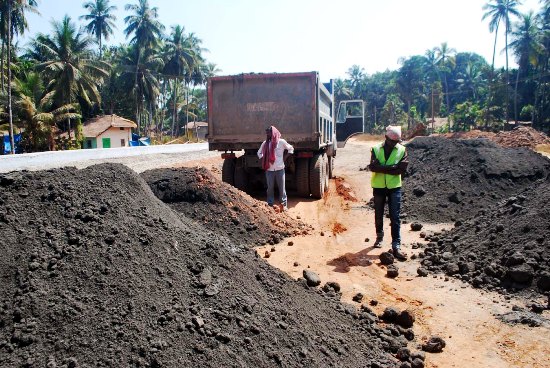Everyone is aware of the pitiable quality of Indian roads. It takes a single monsoon period to turn them into a self-destructing mess. While people fight the unaccountable pits on roads, an Indian professor who teaches in Canada has found a unique way for ensuring that the road mends itself without additional costs.
He has created self-repairing roads which are cost effective with greater life and sustainability. This has been made possible by utilizing advanced materials and technology.
Nemkumar Banthia, hailing from Nagpur, is a professor in the department of civil engineering at the University Of British Columbia (UBC). About 34 years ago, he moved to Canada and he started research for better roads.
How it worked
Banthia took a project of creating advanced roads to mold a better life in a village about 90 km Nemkumar from Bengaluru. He found a way of giving new life to Indian roads while working under the Canada-India Research Centre of Excellence IC-IMPACTS, where he is a scientific director.
Being economic friendly, they cost much less. As fly ash replaces about 60% of the cement, the usual carbon footprint is curbed. This is because the cement production produces greenhouse gases.
The project after last year completion in late winter, has now survived all four seasons. So it is now claimed as successful. As thickness of the road is 60% lesser than a typical Indian road, the cost of production and used materials is also lower.
With fibre reinforcement with nano-coating, the roads are self-healing as they absorb water and stay hydrated.
Banthia told that, “These are fibres which have a hydrophilic nano-coating on them. Hydrophilia means they attract water and this water then becomes available for crack healing. Every time you have a crack, you always have unhydrated cement and this water is now giving it the hydration capability, producing further silicates which actually closes the crack in time.”
He expects the roads to last as much as 15 years. This is higher than the average lifespan of Indian roads. He also says that it’s 30% cheaper in terms of a first-time cost.
As India needs nearly 2.4 million km roads for rural development, the project is expected to go a long way. After completion, starting with Haryana and Madhya Pradesh, this project will be replicated in many states.



